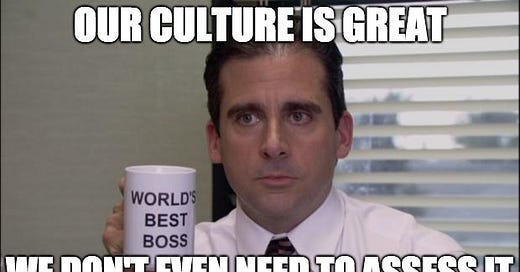How to fix a toxic cannabis culture?
Many if not most cannabis companies have a culture problem. In my years of management and consulting work, I have never seen anywhere near the level of toxicity that is found in some cannabis firms.
The impact on business and workers is pernicious. Companies suffer from high turnover, quiet quitting, and employee sabotage. As important, many employees (women are particularly impacted according to research) struggle with depression, burnout, harassment, and illness.
Cultural toxicity is obvious to insiders but may not be visible to key outsiders such as investors, lenders and partners. These stakeholders have legitimate concerns where they put money, time and reputation.
Virtually every cannabis leader I speak with accepts the proposition that improving their culture would boost financial performance, labour productivity and innovation. Initially, it helps to understand what culture is.
Essentially, culture is the prevailing norms and practices of an organization. Like an iceberg, cultural traits are visible above but also lurking below the water line. Cultural ramifications are felt everywhere.
Blame cultural toxicity on many culprits. First off are macro considerations such as the sector’s immaturity and difficulty; the corporate stress that comes from being capital starved and finally; the ongoing ‘roots vs suits’ rift that divides many co-workers.
Some company-specific issues also deserve their share of blame. The top three troubles I see in every cannabis firm are:
1. Bad leaders who…
- model bad behaviors, lack consistency, tolerate silos & subcultures
2. Poor organizational design with…
- overlapping roles & responsibilities, inadequate practices & processes
3. Weak social norms featuring…
- lapsed professionalism, poor attention to detail, lack of direct communications
Many senior leaders talk a big game around cultural renewal but rarely implement practical, targeted and actionable solutions. The key is to tackle the problem’s root causes (not the symptoms), and to accept that transformation requires tangible progress, time and effort.
Some of my most successful cultural fixes include:
> Row in the same direction
Agree on a mission, purpose, and values plus situational understanding that has everyone singing from the same song sheet.
> Focus your business
Prioritize and align around a focused strategic roadmap of initiatives and products
> Good fences make for good neighbours
Clarify and repeatedly communicate roles & responsibilities and reporting lines
> Walk the talk
Have all managers reinforce desired norms and practices; ensure compliance through performance reviews and recruiting profiles
> Dispatch the unredeemable employee
Quickly and professionally
#culture #employeeengagement #management #organizationaldesign #leadership



